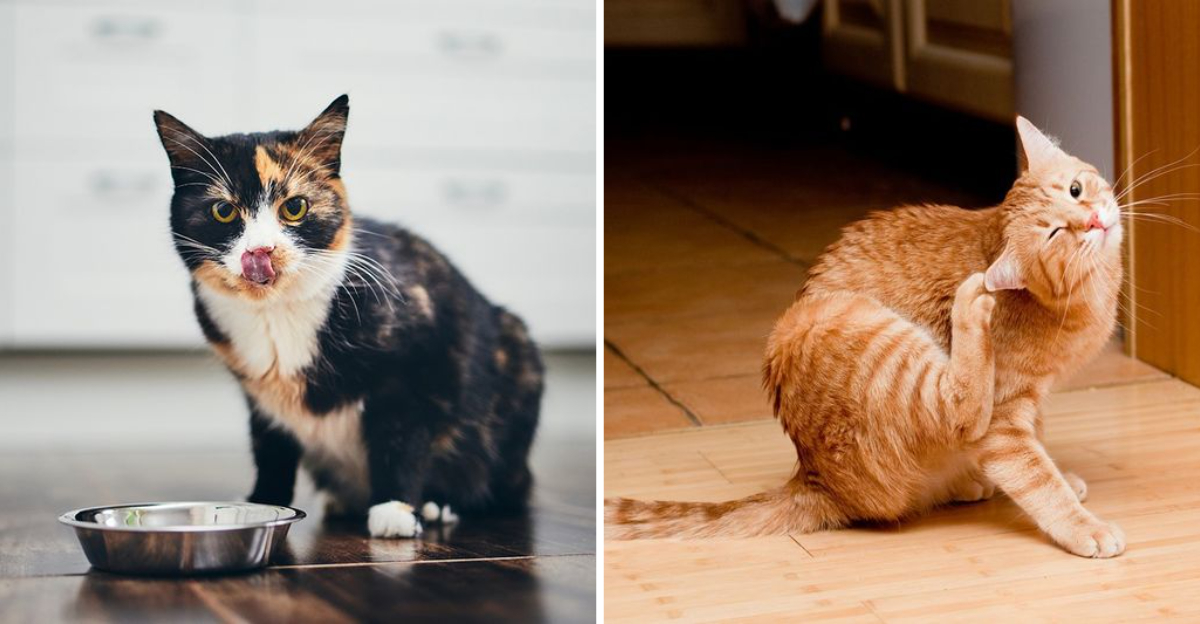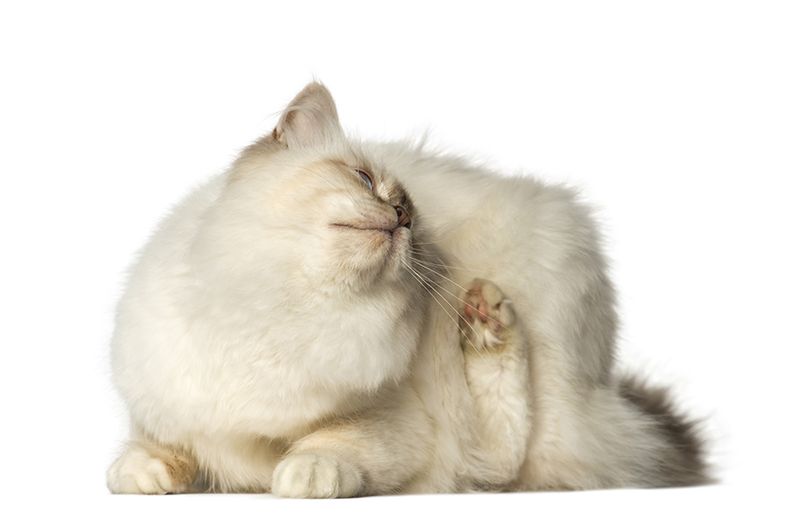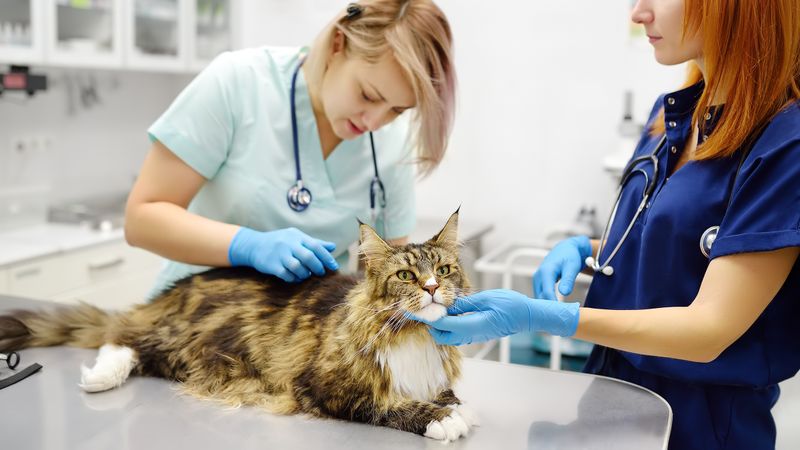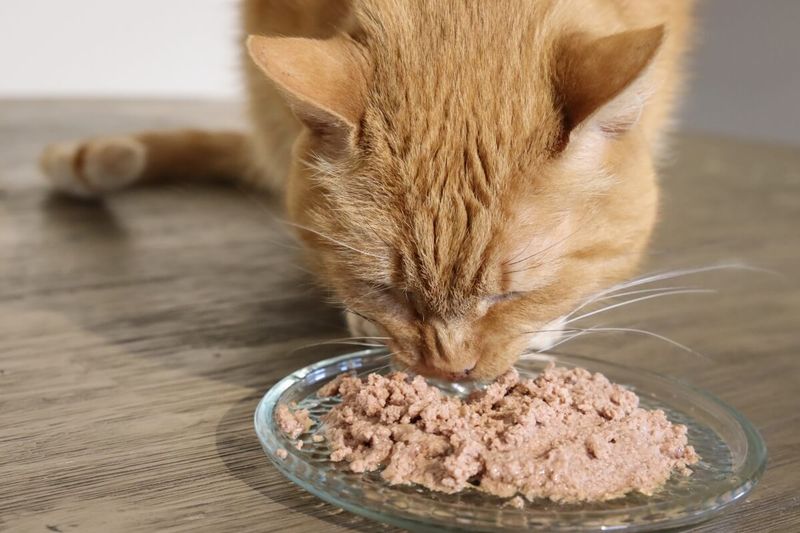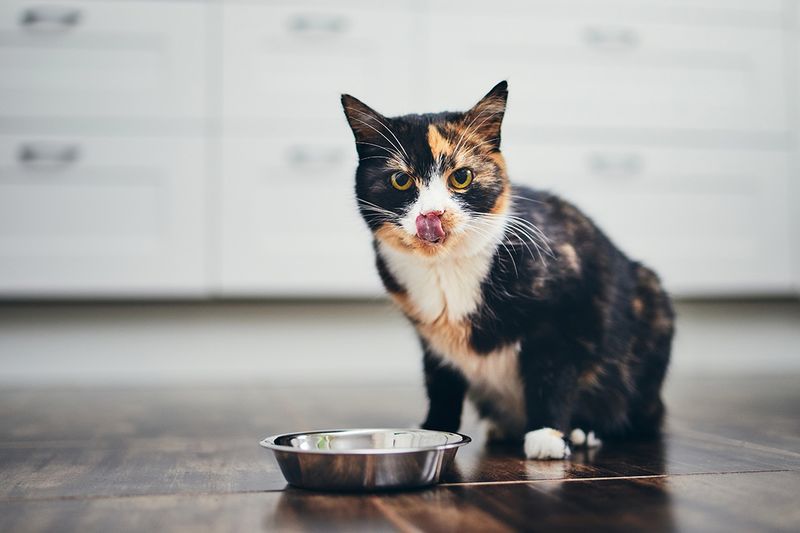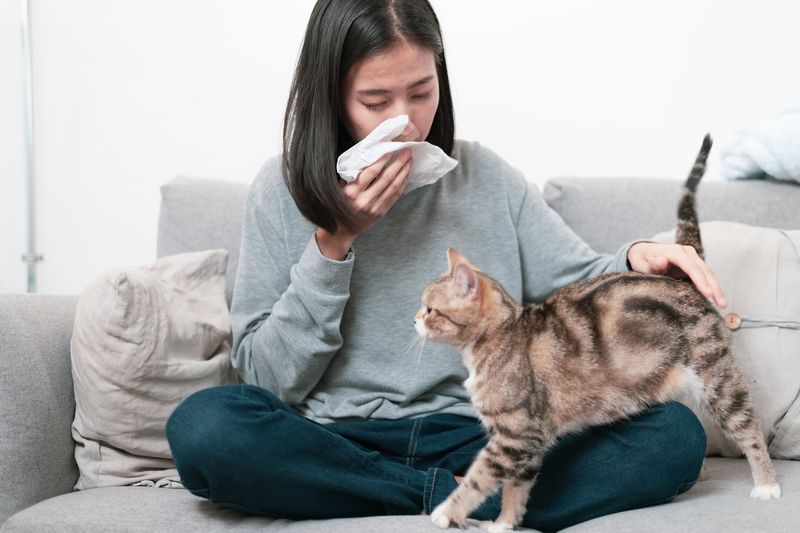📖 Table of Content:
Cats, like humans, can suffer from food allergies. Identifying an allergy in your feline friend can be challenging, but it’s crucial for their health and comfort. Common allergens include proteins found in beef, chicken, and fish, as well as dairy products. Symptoms can range from digestive issues like vomiting and diarrhea to skin problems such as itching and inflammation. Understanding these signs and knowing how to manage them can make a world of difference in your cat’s wellbeing. Here are some ways to detect and address food allergies in cats, ensuring they lead a happier and healthier life.
1. Recognizing Early Symptoms
Have you ever noticed your cat itching more than usual? This could be an early sign of a food allergy. Pay attention to excessive scratching, chewing, or licking, especially around the face and ears. These symptoms can lead to hair loss or skin infections if not addressed promptly. A sudden change in your cat’s behavior, such as increased vomiting or diarrhea, can also signal an allergic reaction. Monitoring these early signs can help you catch an allergy before it worsens. Early detection is key in ensuring your cat remains comfortable and healthy.
2. Elimination Diet Trial
An elimination diet trial is the gold standard for diagnosing food allergies in cats. This involves feeding your cat a diet with novel proteins and carbohydrates for 8 to 12 weeks. During this period, you should avoid giving other foods, treats, or flavored medications. It’s a systematic approach that requires consistency and patience. Successful trials can reveal the offending ingredient, which is crucial for managing your cat’s diet. Reintroducing original foods and observing reactions is the final step. This method, though time-consuming, is invaluable in pinpointing specific allergies.
3. Identifying Common Allergens
Cats often develop allergies to proteins in their food. Beef, chicken, fish, and dairy are among the most common culprits. Identifying these allergens can be tricky, as symptoms might not appear immediately. Keeping a food diary for your cat can help track what they eat and any reactions. Observing your cat’s response to specific foods over time can reveal patterns and pinpoint allergens. With careful monitoring and documentation, you can identify triggers and adjust their diet accordingly. This proactive approach aids in managing and preventing future allergic reactions.
4. Consulting a Veterinarian
Consulting a veterinarian is essential when dealing with suspected food allergies in cats. Veterinarians can provide expert advice, recommend suitable diets, and conduct necessary tests. They are instrumental in guiding you through the elimination diet process and interpreting results. Building a strong relationship with your vet ensures your cat receives optimal care. Regular check-ups allow for monitoring and adjustments to treatment plans as needed. A vet’s guidance is invaluable in managing your cat’s health and ensuring their diet is allergy-free.
5. Long-term Dietary Management
Once a food allergy is confirmed, adjusting your cat’s diet is crucial. Long-term management may involve feeding them a novel protein diet or a hydrolyzed protein diet. These diets are less likely to trigger allergic reactions. Consistency is key in maintaining your cat’s health. Regular monitoring and occasional adjustments, guided by your veterinarian, ensure your cat thrives on their new diet. Creating a feeding plan that avoids allergens will significantly improve your cat’s quality of life. This commitment to dietary management fosters their overall wellbeing.
6. Monitoring for Recurrence
Even after identifying and managing food allergies, vigilance is necessary. Monitoring your cat for any recurrent symptoms ensures early detection of potential issues. Changes in skin condition, behavior, or digestive health can indicate a relapse. Regularly reviewing your cat’s diet and consulting with your vet helps prevent future allergic reactions. Being attentive to your cat’s health and making timely adjustments to their diet or lifestyle is essential. This proactive approach ensures your cat remains happy and symptom-free.
7. Building a Support Network
Connecting with other cat owners who face similar challenges can be incredibly supportive. A support network provides a platform to share experiences, tips, and resources. Engaging in forums or local pet groups can offer new insights into managing food allergies. Learning from others’ experiences can guide you in making informed decisions for your cat’s health. This community spirit fosters a sense of belonging and empowers you in your journey to manage your cat’s allergies effectively.
